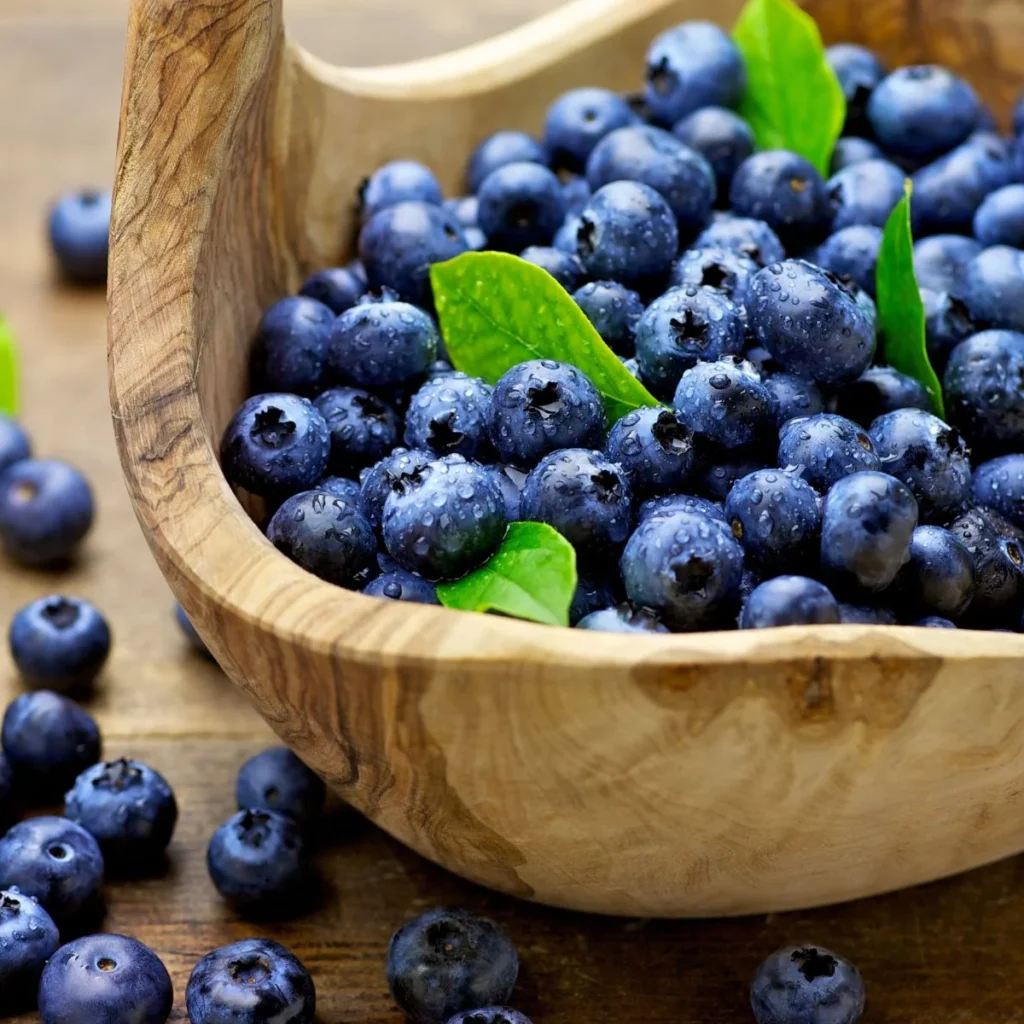Blueberries — those tiny, nutrient-packed berries known for their deep indigo hue and sweet-tart flavor — have become a beloved ingredient across the globe. From smoothies and baked goods to yogurts and health supplements, their popularity has skyrocketed in recent decades. But have you ever wondered where the world gets most of its blueberries?
In this comprehensive article, we’ll uncover the leading countries responsible for producing and exporting these delicious berries, explore global production patterns, and learn what makes certain nations stand out in the blueberry market.
The Growing Demand for Blueberries

Blueberries have long been a staple fruit in North America, but in recent years, they’ve experienced a global boom. Thanks to their reputation as a “superfood” — loaded with antioxidants, vitamins, and fiber — blueberries have found fans across Europe, Asia, Australia, and South America.
According to FAO (Food and Agriculture Organization) estimates, global blueberry production has surpassed 1.7 million metric tons per year, a figure that continues to climb as more consumers embrace healthier lifestyles.
Which Countries Are the Largest Blueberry Producers?
While over 30 countries now cultivate blueberries, a handful of nations account for the majority of global supply. Let’s take a closer look at the top blueberry-producing countries and see where the world’s blueberries really come from.
1. United States
Annual Production: Over 350,000 metric tons
Global Share: Approximately 28–32%
The United States remains the world’s most famous and historically significant blueberry producer. Commercial blueberry farming began here in the early 20th century, and the country has maintained its leadership ever since.
Top blueberry-producing states:
- Michigan
- Washington
- Oregon
- New Jersey
- Georgia
- California
- North Carolina
The U.S. produces both cultivated highbush blueberries and wild lowbush varieties (especially in Maine). While a significant portion of these berries are consumed domestically, the country also exports to Canada, Europe, and Asia.
2. Peru

Annual Production: Around 230,000 metric tons
Global Rank: #2
Peru has experienced a remarkable rise in blueberry production over the last decade. Favorable climatic conditions along the Pacific coast and strategic investment in modern farming technologies have propelled Peru into a top-producing and world-leading blueberry exporter.
Peruvian blueberries are exported to:
- United States
- European Union
- China
- United Kingdom
Peru has cleverly capitalized on producing blueberries during the Northern Hemisphere’s off-season, ensuring year-round availability for global consumers.
3. Canada
Annual Production: Over 150,000 metric tons
Canada is known for its wild lowbush blueberries, especially in provinces like:
- Quebec
- Nova Scotia
- New Brunswick
In addition to wild varieties, highbush blueberries are grown commercially in British Columbia. Canadian blueberries are exported widely to the U.S., Europe, and Asia and are prized for their rich flavor and high antioxidant content.
4. Chile
Annual Production: Approximately 120,000 metric tons
Chile is another Southern Hemisphere giant, supplying fresh blueberries to international markets during the Northern Hemisphere’s winter. This strategic advantage, combined with ideal growing conditions, has made Chile a vital player in the global blueberry market.
Major export destinations include:
- United States
- Canada
- China
- Europe
5. Mexico
Annual Production: Around 65,000 metric tons
Mexico’s blueberry industry is relatively young but growing rapidly. Benefiting from proximity to the United States and excellent climate zones in states like Michoacán, Jalisco, and Sinaloa, Mexico provides blueberries mainly for the North American market.
Other Emerging Blueberry Producers

In addition to these top five, several other countries have been increasing their production to meet global demand:
- Poland — Largest producer in Europe
- Spain — Rising star in Mediterranean markets
- South Africa — Fast-growing exporter to Europe and the Middle East
- Australia — Important supplier to Asia and domestic markets
- China — Expanding production for domestic consumption
How Global Blueberry Supply Chains Work

Modern blueberry supply chains rely on seasonal harvest windows and international trade routes. Blueberries have a relatively short shelf life, so efficient logistics and cold chain management are crucial.
Global Harvest Calendar:
- May–September: United States, Canada, Poland
- September–March: Peru, Chile, South Africa, Mexico, Australia
This seasonal distribution ensures a year-round supply of fresh blueberries in global markets, with different countries stepping in when others are out of season.
Why Certain Countries Dominate the Blueberry Market
Several factors determine why some countries produce more blueberries than others:
Climate:
Blueberries require temperate climates with cool winters and mild summers. Countries with varied growing regions can cultivate different blueberry varieties, like highbush, lowbush, and rabbiteye.
Investment in Agriculture:
Nations like Peru and Chile have heavily invested in modern farming infrastructure, irrigation systems, and export logistics, giving them a competitive edge in the export market.
Trade Agreements:
Proximity to major consumer markets (like the U.S. for Mexico and Canada, or Europe for Spain and Poland) and favorable trade deals help producers export berries efficiently.
Growing Global Demand:
As awareness about the health benefits of blueberries rises, more countries are entering the market, expanding both cultivation areas and international trade.
Global Blueberry Trade Snapshot

| Country | Primary Export Destinations | Annual Export Volume |
|---|---|---|
| United States | Canada, EU, Asia | 70,000+ metric tons |
| Peru | U.S., EU, China | 217,000+ metric tons |
| Chile | U.S., Canada, EU, Asia | 110,000+ metric tons |
| Canada | U.S., EU, Japan | 85,000+ metric tons |
| Mexico | U.S., Canada | 55,000+ metric tons |
Blueberries Beyond the Table
Blueberries aren’t just popular as a fresh fruit. The global food and wellness industries have embraced blueberries for:
- Smoothies and juices
- Baked goods and desserts
- Jams, jellies, and sauces
- Supplements and functional foods
- Natural skincare products
Their versatility, combined with proven health benefits, makes them one of the most sought-after fruits globally.
The Future of the Blueberry Market
According to The International Blueberry Organization (IBO), global production is expected to grow by at least 40% over the next 10 years as demand continues to surge in Asia, the Middle East, and Europe.
Emerging markets like China, India, and South Africa are investing heavily in cultivation, while established producers like the U.S. and Peru are expanding acreage and modernizing production systems.
Final Thoughts
So, where does the world get most of its blueberries?
The answer is a mix of major North and South American producers led by the United States, Peru, Canada, Chile, and Mexico. These nations supply a combined 75%+ of the world’s blueberries, making them essential to the global supply chain.
As health trends evolve and global demand continues to rise, more countries are joining the blueberry movement — ensuring that these antioxidant-rich berries will remain a year-round favorite in homes and restaurants worldwide.




Leave A Comment